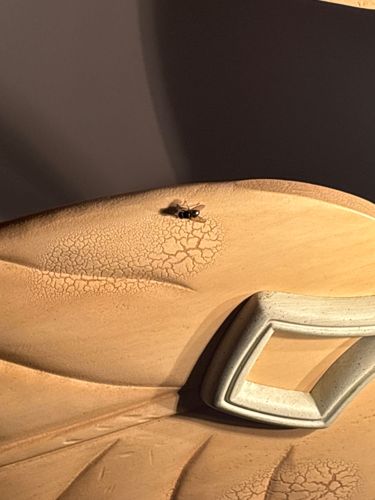Ant
Scientific Name: Formicidae
Order & Family: Hymenoptera, Formicidae
Size: Most ants range from 2 millimeters to 25 millimeters (0.08 to 1 inch) in length. The ants in the image appear to be on the smaller side.

Natural Habitat
Ants are found almost everywhere on Earth, except Antarctica and a few remote islands. They build nests in soil, wood, under rocks, or within structures.
Diet & Feeding
Ants are omnivorous and their diet varies widely by species. Many consume nectar, seeds, fungi, other insects (both living and dead), and honeydew (a sugary substance produced by aphids). Some species specialize in certain food sources.
Behavior Patterns
Ants are highly social insects that live in organized colonies, which can number from a few dozen to millions. They exhibit complex behaviors including division of labor (workers, soldiers, queen), communication through pheromones, building intricate nests, and foraging for food.
Risks & Benefits
Potential risks include property damage (carpenter ants in wood), painful bites or stings from some species (e.g., fire ants), and contamination of food if they infest homes. Benefits include aeration of soil, pest control (predation on other insects), decomposition of organic matter, and seed dispersal for plants.
Identified on: 9/26/2025